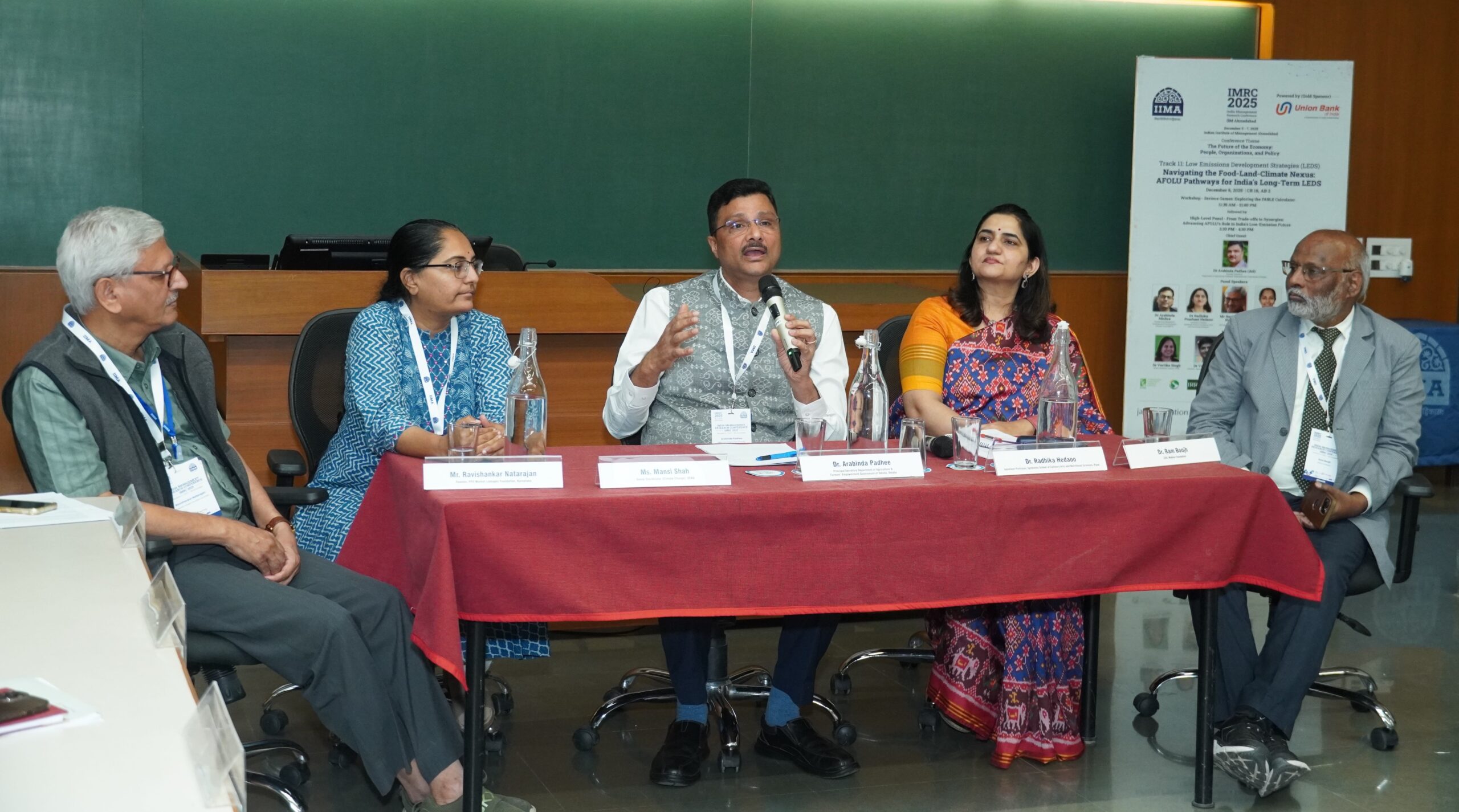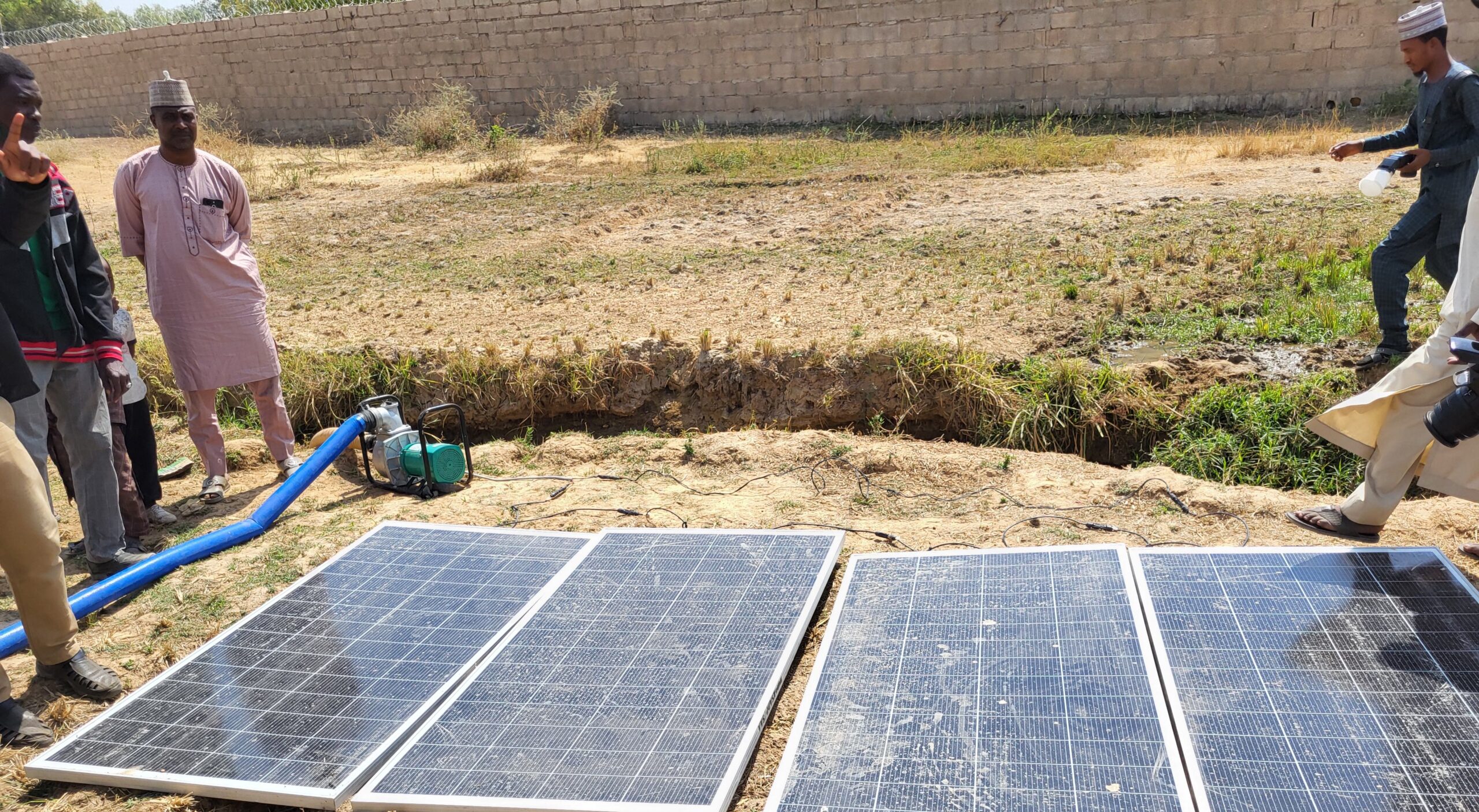Though India is one of the fastest growing economies in the world, many adults and children continue to be undernourished. An IFPRI paper co-authored by Derek Headey, Alice Chiu, and Suneetha Kadiyala, examines how agriculture and income growth influence consumption, as well as the impact of agricultural livelihoods on maternal health and childcare practices.
Increased growth in the agricultural sector is associated with rising incomes and a shift in consumption patterns indicative of general improved welfare, as suggested by an increasingly diversified diet. Yet food still constitutes, on average, over half of the expenditures of Indian households, and dietary diversification remains slow for the poorest 30% of the population.
The paper explores how agricultural livelihoods may impact maternal and child nutrition. When nutrition status of rural women was compared with urban women, it was clear that the combination of physically demanding farm labor and weak access to education and health services all contributed to poorer nutrition outcomes amongst mothers employed in agriculture and unskilled manual labor.
Agricultural and food policies can improve nutrition outcomes if they promote production of and access to diverse foods such as fruits, vegetables, and milk. Current policies are biased towards rice and wheat.
While agricultural development and implementation of food policies reflective of nutritional concerns have potential to improve nutrition outcomes, other interacting factors have important implications as well, such as access to health services and education. Therefore, a more multipronged strategy is needed to address how different sectors must work together to alleviate undernutrition in India. In this regard, India can learn from previous nutrition success stories, such as Thailand.







